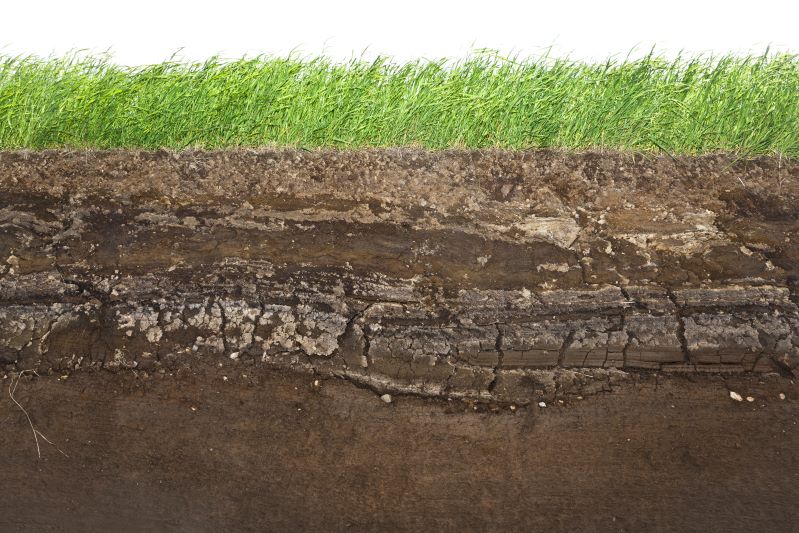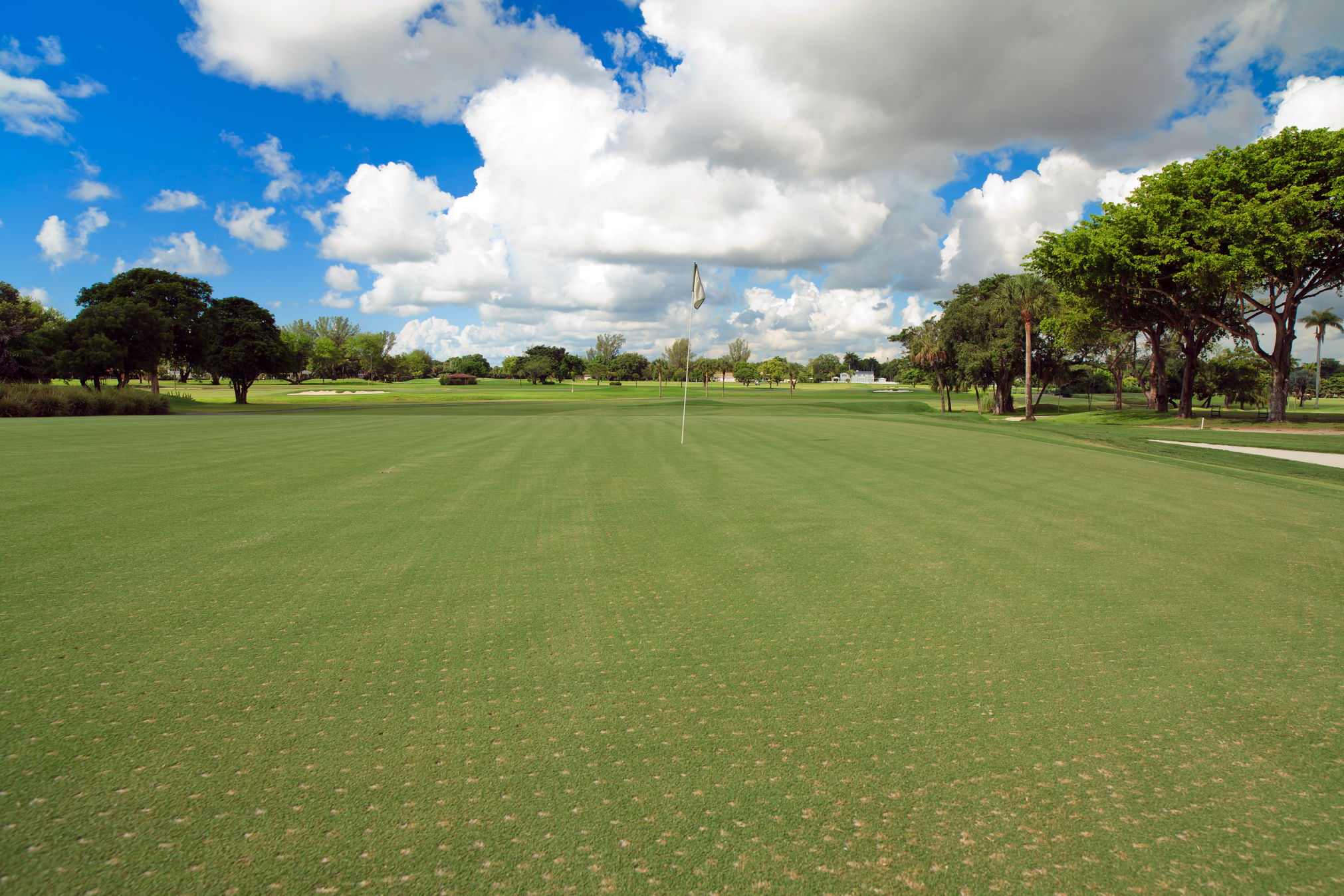- CONTACT US
- MOWERS
- VEHICLES
- APPLICATION
- Golf
- AERATORS
- VEHICLES
Don't Let Machinery Sheds be an Afterthought
CONTENTS
FEATURED STORIES

Reesink Turfcare
Reading time: 10 minutes
Inside Electric Infrastructure
A 20-year journey in the development of battery and hybrid power for the turfcare industry, has culminated in there now being a full contingent of machinery requiring power. Every part of the fleet has a battery-powered option; there’s both a cylinder and a rotary ride-on mower for fine turf, sports and grounds applications, pedestrian mowers, utility vehicles, and a tractor, not to mention hand tools. So, what’s the impact of this on your shed and the necessary infrastructure to power these machines?
Charging considerations
There's no doubt that electric turfcare machinery can have huge environmental benefits which will benefit both the planet and any club striving for a greener future. No fuel emissions, no hydraulic leaks and no noise pollution can mean reduced maintenance costs and earlier start times, both long-term offsetting the initial upfront cost of investment.
It's no wonder then that many golf and sports clubs are making the switch.
But unlike buying diesel, investing in an electric or even hybrid mower means you have to give consideration to how this will impact your shed and the different management and maintenance required with this new technology. While most machines can be charged via a standard household socket there are considerations such as will there be the need to invest in additional infrastructure to charge? What are the logistical and safety requirements? Will you need more space? Here we bring you all the considerations.

Types of charging
Toro's electric turfcare machinery features both on-board and off-board charging with the two different types requiring a different setup.
As it sounds, on-board charging means the charger is integrated into the device, eliminating the need for external charging equipment. While off-board requires there to be an external charge point such as a wall outlet.
Off-board charging
Off-board charging infrastructure can offer higher charging capacities, making it suitable for rapid charging, and is what is often used in public charging networks outside of the golf course.
Machines like the popular Toro Greensmaster eTriFlex 3370 riding greensmower features an off-board high efficiency 1200W smart charger with an AC input voltage of 100-240VAC and AC input frequency of 50/60 Hz Max, its input current 14.5 A.
This off-board charging set up means the charging equipment is located externally to the electric vehicle and thus not integrated into the vehicle itself. A charging infrastructure will need to be installed on-site, with the off-board charger connecting to the machine via a charging cable and connector. The off-board charger is responsible for converting external AC power into the appropriate DC power to charge the vehicle's battery.
On board charging
It’s becoming increasingly common for electric turfcare machinery to feature on-board chargers. In these machines the charging equipment or components are integrated into the model itself. The machine’s on-board charger converts AC (alternating current) from an external power source, such as a charging station or a standard wall outlet, into DC (direct current) that is used to charge the vehicle's battery.
Electric utility vehicles such as the Toro Workman MDX Lithium and Groundsmaster e3200 outfront rotary mower feature Toro’s proprietary HyperCell™ battery system which can be charged via an on-board charger. This conveniently plugs into any standard 240v wall outlet and is easily plugged in at the end of a long day to be fully charged overnight.
On-board charging allows for convenience and flexibility, as the machine can be charged using different power sources with the appropriate adapters or connectors.
Charging time
Most new machinery uses lithium-ion batteries, which can be partially charged or charged in full and makes it similar in theory to refuelling a diesel machine - you put in as little or as much as you need.
Recharging to full does take a number of hours. For the Toro eTriFlex 3370 and Farmtrac’s FT25G tractor charging time is eight hours for a ‘full tank’.
The solution to this is to charge electric machinery at night to minimise disruption to daily operations. This also takes advantage of off-peak electricity hours during late evening and early morning when electric demand is lower. Electric rates can also be lower during these hours making it a cost-effective way to charge a fleet.
Lead acid batteries however can’t be part charged and need charging to maximum before you can get it back to work. In these cases, customers may have to alter cutting schedules to account for charging time, organising charging schedules alongside maintenance shifts to ensure machinery is plugged in and charging during downtime to ensure a continuous workflow.
Incorporating hybrid machinery such as the Toro Greensmaster eTriFlex 3360 into your fleet can also mitigate the challenges associated with charge time. Able to use dual power sources, both diesel and electric, these machines can switch to diesel should the battery become depleted, rather than ceasing work.

Space
Depending on the size of the fleet, golf courses may need to install multiple charging stations to accommodate simultaneous charging. Sufficient space should be allocated for each charging station and its associated equipment, including workspaces around the machine for operators to perform routine maintenance.
It’s all too easy to end up with the situation where you have multiple extension leads in use, cables draped over machines, wires trailing along floor space which all becomes a safety hazard.
Multi-use charging stations may be implemented to charge multiple machines at once. They feature several charging ports and reduce the overall footprint required for charging infrastructure.
Remote locations
When it comes to electric infrastructure, golf courses situated in remote locations can encounter additional considerations when it comes to charging electric machinery.
Limited access to the electrical grid can drive up the costs of building necessary infrastructure, which may include transformers and power cables to transport electricity over distances.
The power capacity of the system must be adequate to support simultaneous charging demands without overloading the grid and it may be that alternative energy sources such as solar or wind power need to be considered.

Learn more about electric turfcare machinery
Battery technology and electric power in turfcare machinery is something that will continue to evolve - and its charging infrastructure along with it. Reesink UK with its team of trained representatives are able to talk through the opportunities and challenges of electric machinery as well as giving recommendations on the infrastructure required to host it.
In fact it’s such an integral part of the business, Reesink now offers Electric Powered Training. Aimed at end users who currently have electric Toro products in their fleet, it covers calibration and troubleshooting, understanding how the electric system works and how each electrical component fits into the system, so that you can get the most out of your machines and their infrastructure.
Reesink UK LTD | 1-3 Station Road, St Neots PE19 1QF | Registered in England
Reesink UK LTD is authorised and regulated by the Financial Conduct Authority.









































































